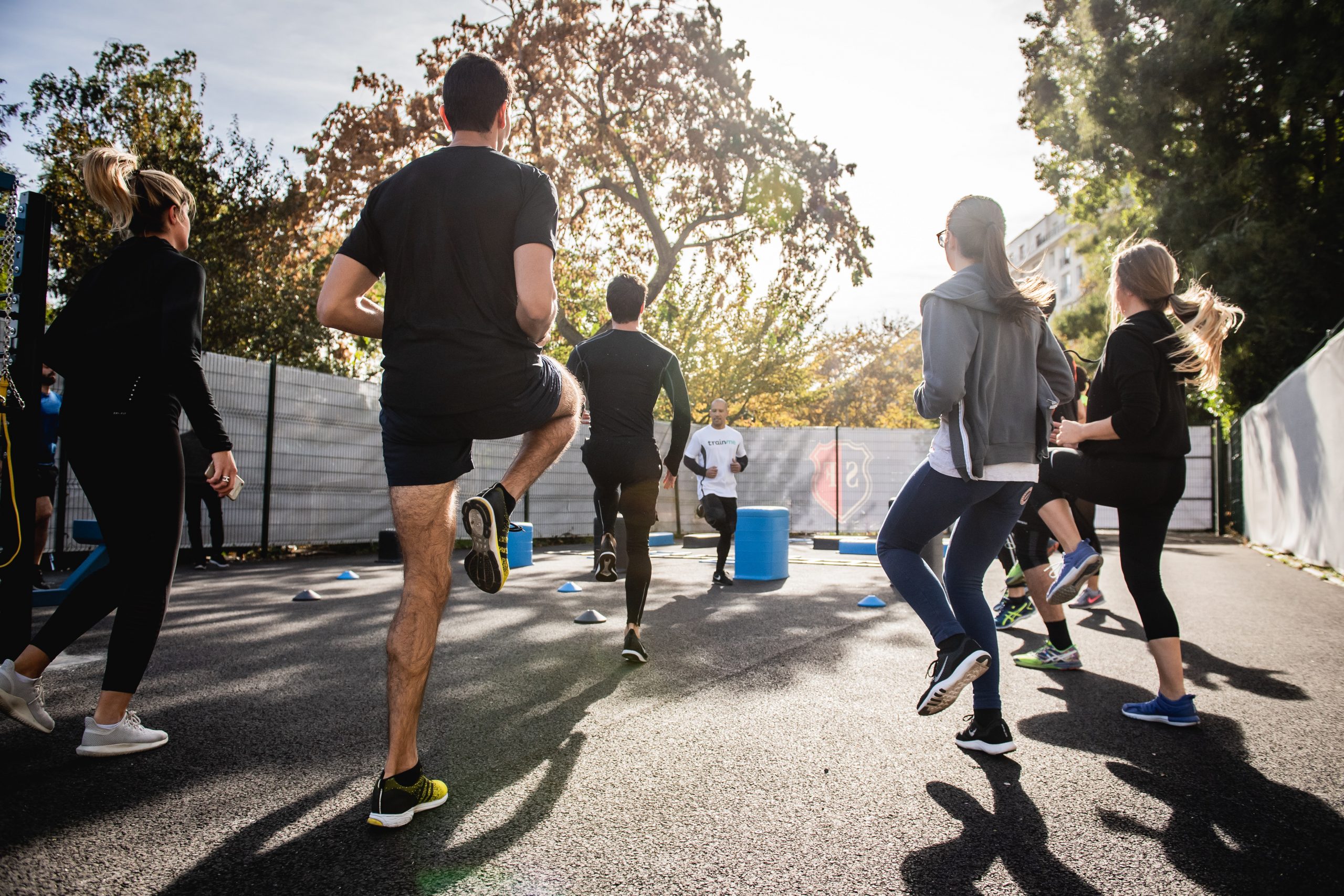The importance of music and rhythm for physical exertion is fundamental, and the ancients knew this well when they “invented” a way to reproduce sounds using objects. The first ritual dances followed precise rhythms of percussion and were performed for purposes such as religion and war to give motivation to the fighters.
Music plays an essential role in professional sports. Playlists are curated for stadiums on game days, with a collection of songs tailored to pre-game, half-time and post-game. Notably, though, is the atmosphere that the music and the chanting inspire. For instance, let’s take Liverpool FC, one of the biggest and most successful teams in England. If a neutral or fan were to head to online sports betting in the best portals, they will see that the Reds are favorites for most games. Indeed, home advantage plays a significant role in understanding betting odds, with the home team often favored. For Liverpool, this couldn’t be truer. The crowd at Anfield creates a supportive atmosphere for their beloved team and a hostile one for opponents. European nights in Liverpool are notorious.
On a more personal note, music is very effective in helping us exercise our bodies and bring out the best performance. But we must also choose the music carefully: Here are some practical tips for doing so.

The right music depends on the sport
There is no perfect universal soundtrack, precisely because every sport is different. To think otherwise would be superficial. And the options and variations are practically endless since there are aerobic and anaerobic sports, and the duration of sports training is sometimes very different. It is possible to select a variety of options when placing a wager as well: the simple result or the combination of results, as well as the creation of systems — and it all varies depending on the odds of the teams, and often, even the time at which you bet.
Therefore, the soundtrack of your sports activity should also provide for this flexibility: the best thing is to prepare several of them (hence, several compilations) depending on the duration and intensity of training.
The Opinion of Science
If you’re still not convinced of the effectiveness of music, consider the words of an expert, Dr. Costas Karageorghis, currently a researcher at Brunel University in London, who claims that music has an ergogenic effect, that is, translated into simple words, it pushes us to do things — and this can help you boost your performances.
This is expressed in producing substances that stimulate our brains — neurotransmitters such as dopamine, the hormone that gets us to bring more energy and commitment into our physical performance, which is typically measured by a standard metric: rhythm.
The Different Types of Rhythm
Music, in addition to melody, is expressed by rhythm — and this, measured in beats per minute, is what we “feel” about the music. Another thing that is measured in bpm is the beat of our heart, and this is no accident. Generally speaking, more rhythmic music increases our heartbeat and pushes our physical performance.
However, we must say that not everything is so: there are two types of relationships between music and physical effort: a synchronous relationship, like the one just described, or an asynchronous relationship. This explains why in some cases, people like to listen to classical music such as Mozart instead of AC/DC while they are spinning. An asynchronous relationship, which is found in music with slower rhythms, is also helpful because it works as a background that isolates us from the world, helping us to concentrate better to the task at hand, especially if it is repetitive (and this also proves effective, especially in aerobic sports, i.e., long term sports such as jogging, spinning, rowing).
A good trainer can help the athlete choose the right music to prepare for a particular type of workout. For example, in a typical sports workout, it is best to start with warm-up pieces with a slower tempo to warm up the muscles and get our “machine going,” and as the training progresses, increase the bpm to get our hearts beating faster and perform better.
As a general rule, remember that your best bpm should be around 10% higher than your heart rate, with a limit of 140 bpm. Don’t go beyond that, or you risk just overtaxing your heart and not performing adequately. And don’t forget about afterward: It takes a series of tone-downs to get your beats back to normal before you finish the session.








